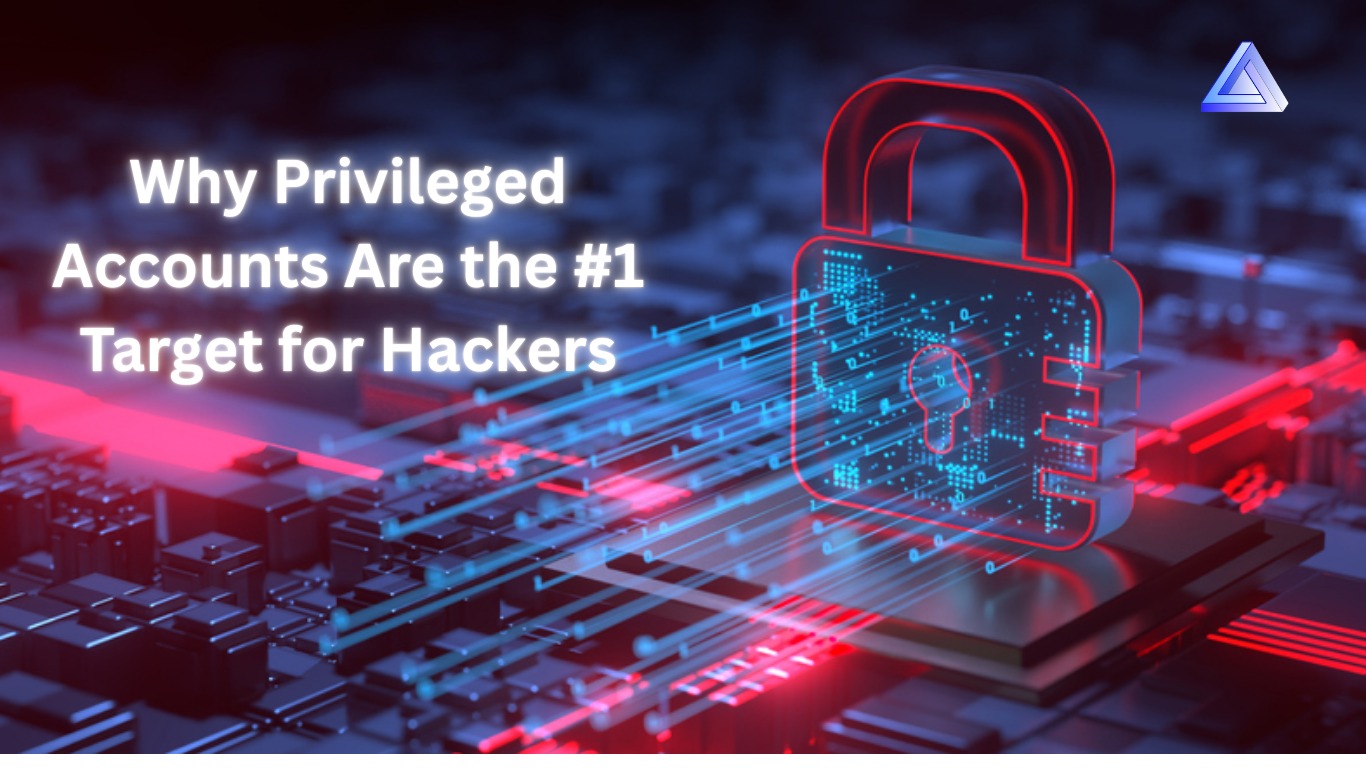The Silent Threat Inside Every Organization
Imagine this: your organization has state-of-the-art firewalls, endpoint protection, and even AI-driven threat detection. You sleep well at night—until one day, a critical system is breached. How? Not through the front door, but through a privileged account—an overlooked backdoor wide open to attackers.
Welcome to the dark reality of Privileged Access Management (PAM) challenges.
In an era of increasing digital complexity, privileged accounts have become the crown jewels for malicious actors. These accounts, whether admin, root, or service-level identities, hold keys to your most sensitive data and infrastructure. And yet, they’re often underprotected, poorly monitored, and shockingly over-provisioned.
That’s where AMALina by Captainsys comes in—not just as another security tool, but as a transformational force in identity and access management.
What Makes Privileged Accounts So Dangerous?
Access = Power. Power = Risk.
Privileged accounts grant elevated access—everything from modifying system configurations to deleting audit logs. That kind of power, if left unchecked, becomes a time bomb.
Here’s the scary part:
- 74% of breaches involve the misuse of privileged credentials.
- Attackers don’t hack in anymore—they log in, using stolen or dormant privileged credentials.
- Internal threats (disgruntled employees, contractors) often exploit PAM blind spots that go unnoticed for months.
These aren’t hypothetical risks—they’re real, recurring, and expensive. Yet many organizations still manage privileged access using spreadsheets or static policies that age like milk.
The PAM Problem: What’s Going Wrong?
1. Dormant Accounts & Orphaned Access
When employees leave or change roles, their privileged accounts often linger in systems “just in case.” This access creep creates a wide attack surface—ripe for exploitation.
2. No Unified View of Access Rights
Without centralized identity and access management, IT teams operate in silos. One department doesn’t know what the other is provisioning. This disjointed approach leads to over-provisioning and forgotten accounts.
3. Lack of Real-Time Audit Trails
Security without visibility is like flying blind in a storm. If your PAM system doesn’t log every access attempt or privilege elevation, how will you trace the root cause of a breach?
4. Too Many Tools, Not Enough Integration
You might already be using tools like Arcon privileged access management, CyberArk, or BeyondTrust—but integration without governance is just noise. The most effective privileged access management tools must be part of a broader, intelligent IAM ecosystem.
AMALina’s Approach: PAM That’s Actually Built for the Real World
Captainsys’ AMALina is not a bolt-on tool—it’s a fully integrated, policy-driven identity and access management platform tailored for high-stakes environments like BFSI, healthcare, and government.
Here’s what sets AMALina apart in the crowded world of privileged access management tools:
1. Role-Based Privileged Access Control
No more “one size fits all.” AMALina uses role-specific access templates, granting users only what they need—nothing more, nothing less.
2. Zero Trust Enforcement, Not Just a Buzzword
Every request to elevate privileges is authenticated, verified, and logged in real time. Even if a hacker gets a foot in the door, they can’t go any further without triggering AMALina’s defense systems.
3. Continuous Access Reconciliation
Most systems check access once, maybe quarterly. AMALina performs continuous reconciliation, instantly detecting privilege drift or misuse and correcting it automatically.
4. Unified Dashboard with Deep Insights
AMALina unifies privileged access management, user lifecycle events, and audit trails in one dashboard. It’s not just visibility—it’s actionable intelligence.
Real-World Failures: What Happens When PAM Goes Wrong
Let’s consider two chilling case studies:
Case 1: The Insider Threat That Wiped Millions
A telecom company suffered a $10M breach when a recently transferred employee retained backend admin access. No one noticed the orphaned credentials—until they were used to exfiltrate data and disrupt services.
Case 2: The Contractor Catastrophe
An external contractor was granted elevated privileges for maintenance. Months after the contract ended, their credentials remained active. A ransomware group used them to encrypt 40% of the company’s cloud environment.
Both scenarios could have been avoided with AMALina’s automated privileged access management and lifecycle governance.
Arcon vs AMALina: Is It Time to Evolve?
While Arcon privileged access management offers robust controls, AMALina goes a step further by integrating IAM, governance, and compliance intelligence into a single, deployable platform—on-premise or hybrid.
| Feature | Arcon PAM | AMALina |
| Privileged Session Monitoring | ✅ | ✅ |
| Identity Lifecycle Integration | ❌ | ✅ |
| Continuous Access Reconciliation | ❌ | ✅ |
| Real-Time Audit Trail | Limited | ✅ |
| Zero Trust Enforcement | Partial | ✅ |
| On-Premise, Air-Gapped Deployment | ❌ | ✅ |
If you’re currently using Arcon privileged access management, AMALina can enhance or even replace it by offering more governance, deeper analytics, and tighter integration.
Why Now? Why You?
The longer you delay securing privileged accounts, the more you risk becoming the next breach headline. Whether you’re a CISO, security architect, or compliance officer, it’s time to ask:
Are your privileged accounts truly under control—or just out of sight?
AMALina empowers you to reclaim control, enforce policies, and sleep soundly knowing that your privileged access management is no longer a liability.
Key Takeaways
- Privileged accounts are the #1 target for cyberattacks—and most breaches exploit them.
- Manual processes, fragmented IAM systems, and poor visibility make traditional PAM ineffective.
- AMALina by Captainsys offers a full-spectrum solution: governance, automation, and real-time risk reduction.
- Don’t wait for a breach to realize what you could’ve prevented. Act now.
Frequently Asked Questions (FAQs)
1. What is privileged access management (PAM)?
Privileged access management refers to the systems and policies used to secure, monitor, and control access to critical IT resources granted to users with elevated permissions.
2. Why is PAM important in identity and access management?
PAM is a crucial component of IAM because it manages the most powerful accounts in an organization, which are often the top targets for hackers.
3. How is AMALina different from other PAM tools like Arcon?
Unlike standalone tools, AMALina offers a unified IAM approach, combining PAM, audit logging, lifecycle management, and governance in a single platform.
4. Can AMALina integrate with existing access management tools?
Yes, AMALina supports flexible integrations via APIs and connectors, allowing seamless operation with your current IT and security stack.
5. What industries benefit most from AMALina?
Highly regulated industries such as BFSI, government, and healthcare benefit most due to strict compliance and zero-trust requirements.
6. Is AMALina available for on-premise deployment?
Absolutely. AMALina is designed for secure, air-gapped, on-premise deployment to meet data sovereignty and compliance needs.


